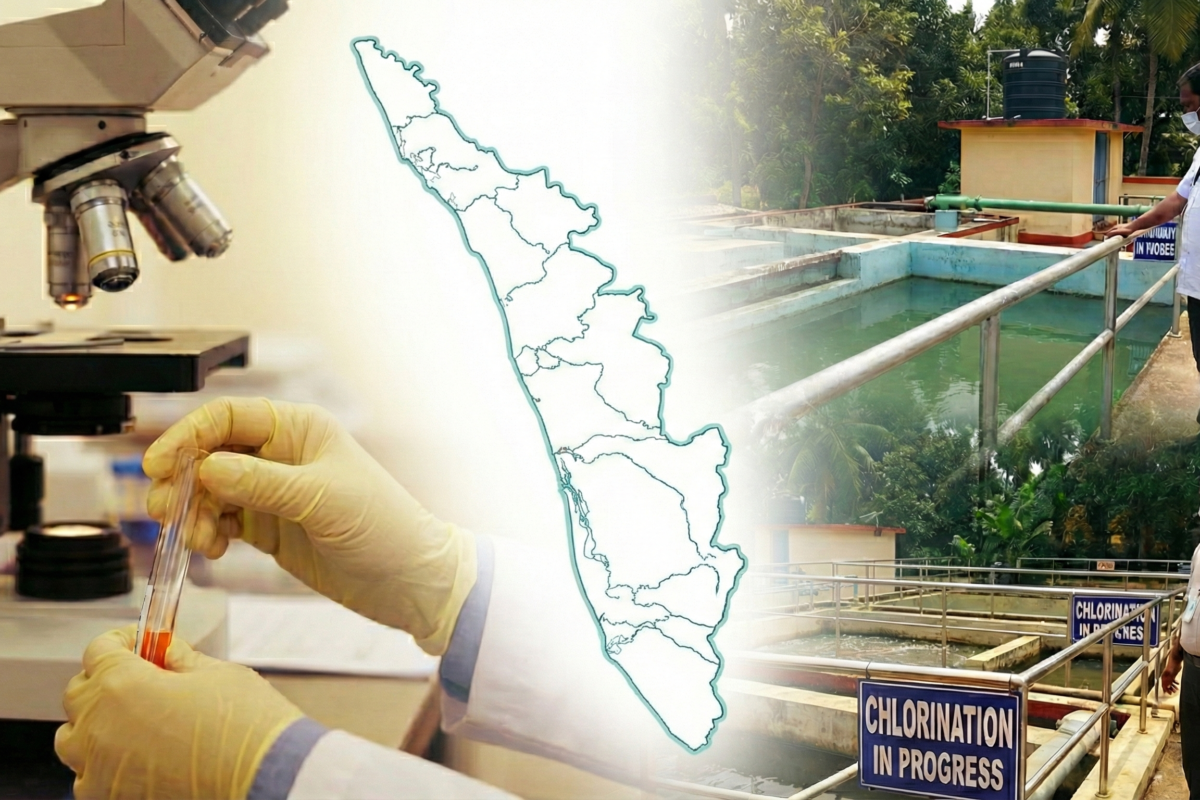Columbia University Mailman School of Public Health has conducted a new study over the last decades which reveals that air pollution emissions have decreased substantially. However, the extent of this change varies by demographics. The results indicate racial/ethnic and socioeconomic disparities in the reduction of air pollution emissions, particularly in the industry and energy generation sectors.
The researchers have published these findings in the journal Nature Communications. The team of researchers examined the intricate relationship between reductions in air pollution emissions and socio-demographic factors, bringing attention to a less-studied aspect of environmental justice.
Study links emissions, demographics, justice
Dr. Yanelli Nunez, the study’s lead author, stated, “Our analyses offer insights into the socio-demographic traits of counties that have seen unequal reductions in air pollution emissions over the past forty years.”
The study focused on changes in U.S. air pollution emissions over a 40-year period following the Clean Air Act (CAA) in 1970.
“Unlike previous studies that concentrated on air pollution disparities at a single time point and focused more on pollutant concentrations, this study adopts a new approach by examining emissions. Examining emissions is crucial because they have more direct implications for regulations and policy-making.”
In this study, the researchers used county-level data to evaluate racial/ethnic and socioeconomic disparities in air pollution emissions changes in the contiguous U.S. from 1970 to 2010.
“The analyses provide insight on the socio-demographic characteristics of counties that have experienced disproportionate decreases in air pollution emissions over the last forty years,” said Yanelli Nunez, PhD, the study’s first author, who is a scientist in the Department of Environmental Health Sciences at Columbia Mailman School of Public Health and affiliated with PSE Healthy Energy.
The Global Burden of Disease Major Air Pollution Sources inventory provided emissions data that the team analyzed, covering six pollution source sectors: industry, energy, agriculture, on-road transportation, commercial, and residential.
Study Identifies Key Air Polluters
The researchers studied air pollution emissions to identify key sectors contributing to differences in air pollution exposure. They used data from the Global Burden of Disease Major Air Pollution Sources inventory to study emissions from six sectors: industry, energy, agriculture, on-road transportation, commercial, and residential.
From 1970 to 2010, U.S. air pollution emissions generally decreased significantly. However, ammonia emissions from agriculture and organic carbon particle emissions from residential areas (mainly due to the use of solid biofuels for heating) did not decrease. The most significant reductions were seen in sulfur dioxide emissions from industrial activities and energy production.
Emissions of nitrogen oxide from transportation, commercial activities, and energy production saw a moderate decrease.
However, despite the general decrease in most pollutants, the study found that some communities saw less reduction or even an increase in air pollution emissions.
Specifically, counties with a higher percentage of Hispanic or Indian American populations saw a relative increase in emissions of sulfur dioxide, nitrogen oxides, and ammonia from the industry, energy production, and agriculture sectors.
Income, disparities impact air pollution
An increase in the median family income of a county, the study found, was associated with greater reductions in emissions from all pollution sources, except agriculture.
Marianthi-Anna Kioumourtzoglou, ScD, associate professor of environmental health sciences at Columbia Mailman School, and senior author of the study, pointed out that air pollution emissions data doesn’t fully represent the exposure of the population to air pollution.
She noted that known inequities in air pollution exist at the neighborhood level, but data limitations prevented this study from analyzing them.
The study provides insights into potential racial, ethnic, and socioeconomic disparities in air pollution reductions across the country from major pollution sources. This information can guide regulators and supplement local-level analyses.
Dr. Nunez suggested that policies aimed at reducing pollution in heavily burdened populations could lead to fairer reductions in air pollution and decrease disparities in exposure to air pollution.
She emphasized the importance of lessons learned from 53 years of implementing the Clean Air Act. These lessons are particularly relevant as we formulate policies for transitioning to renewable energy sources, which will indirectly affect air quality and, consequently, public health.
Support us to keep independent environmental journalism alive in India.
Keep Reading
Part 1: Cloudburst in Ganderbal’s Padabal village & unfulfilled promises
India braces for intense 2024 monsoon amid recent deadly weather trends
Follow Ground Report on X, Instagram and Facebook for environmental and underreported stories from the margins. Give us feedback on our email id greport2018@gmail.com.
Don’t forget to Subscribe to our weekly newsletter, Join our community on WhatsApp, and Follow our YouTube Channel for video stories.








